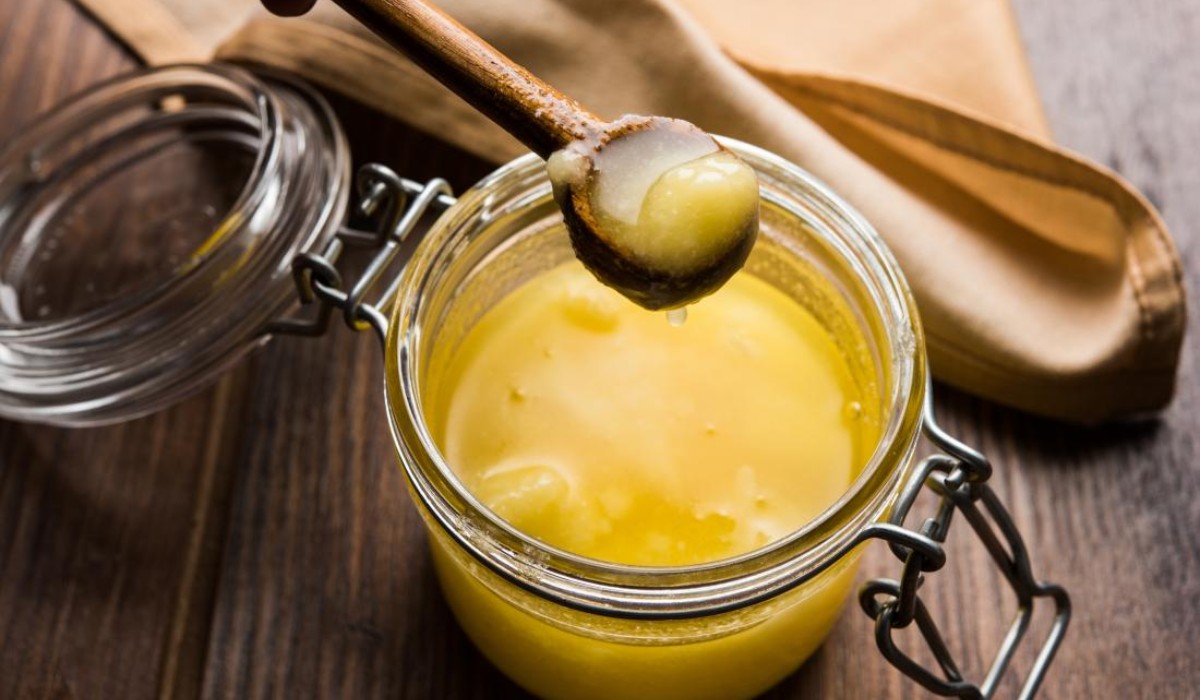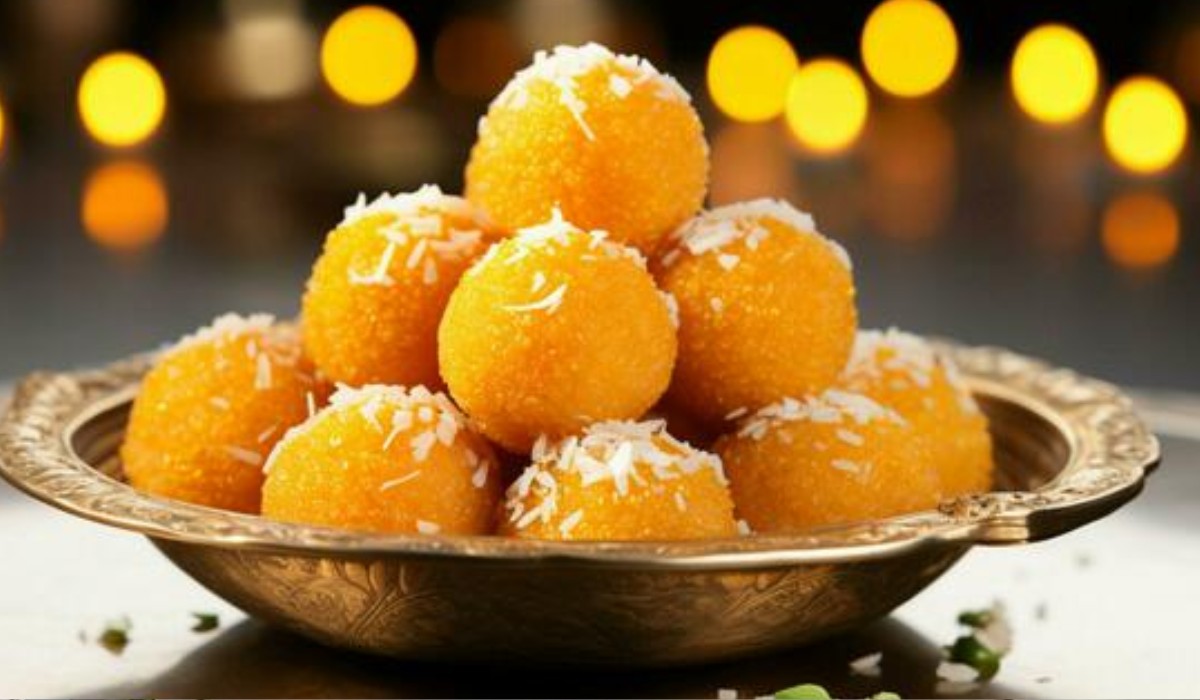What is Softy Ice Cream Made Of?
Softy ice cream, commonly known for its smooth and creamy texture, is a popular treat enjoyed by many. The composition of softy ice cream mixes can vary, but generally, they include a combination of the following ingredients:
- Sugar (61.2%): This is the primary ingredient that contributes to the sweetness and overall flavor of the softy ice cream. It plays a significant role in creating the smooth texture that soft serve is known for.
- Milk Solids (34%): Often derived from skimmed milk powder, milk solids are included to enhance creaminess and provide a dairy-like flavor. However, in the context of GST classification, it is considered a minor component compared to sugar.
- Other Ingredients (4.8%): This includes flavoring agents, stabilizers, and salt, which are essential for achieving the desired taste, texture, and stability of the final product. Stabilizers help maintain the consistency and prevent ice crystal formation, while flavoring substances enhance the overall sensory experience.
Also Read: Softy Ice Cream Classified as Non-Milk Product, Subject to 18% GST: Authority
Why Does Softy Ice Cream Attract 18% GST?
Recently, the Rajasthan bench of the Authority of Advance Ruling (AAR) ruled that softy ice cream mix, particularly in its vanilla flavor, is not classified as a dairy product but rather as a processed food preparation. This classification leads to the application of an 18% Goods and Services Tax (GST) on these products. Here are the key reasons for this decision:
- Ingredient Composition: The ruling emphasized that the dominant ingredient in softy ice cream is sugar, not milk solids. This indicates that the product is primarily a sweetened preparation rather than a dairy-based one.
- Processing: The processing of the ice cream mix in soft serve machines is a critical factor. The AAR noted that the processing method contributes significantly to the final texture and quality of the softy ice cream, further supporting its classification as a processed food.
- GST Law: According to the GST regulations, food preparations that undergo further processing for human consumption are subject to an 18% tax. Products containing a combination of milk powder, sugar, and other added ingredients also fall into this category, reinforcing the taxability of softy ice cream mixes.
- Precedent and Divergence: The decision from the AAR stands in contrast to a previous ruling by the Supreme Court in the Amrit Foods case, which classified certain dairy mixes as “dairy produce.” This divergence highlights the complexities businesses face when determining GST classifications based on ingredient composition and intended use.
Conclusion
The recent ruling regarding softy ice cream mixes and their GST implications serves as a reminder of the intricacies involved in product classification. As the market for softy ice cream continues to grow, understanding the components and the regulatory framework surrounding them becomes essential for both consumers and businesses. The decision reinforces the significance of ingredient proportions and processing methods in determining tax liabilities, ultimately shaping the landscape for processed food products in India.
Also Read: Top 10 Fastest-Developing Cities Globally: Asia Dominates with Four Indian Cities











